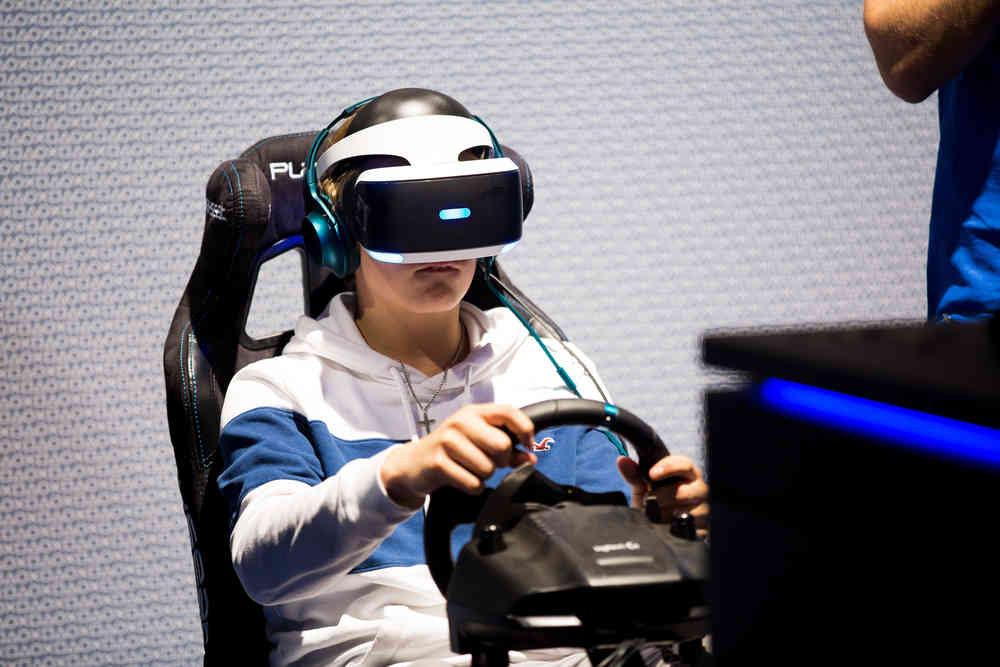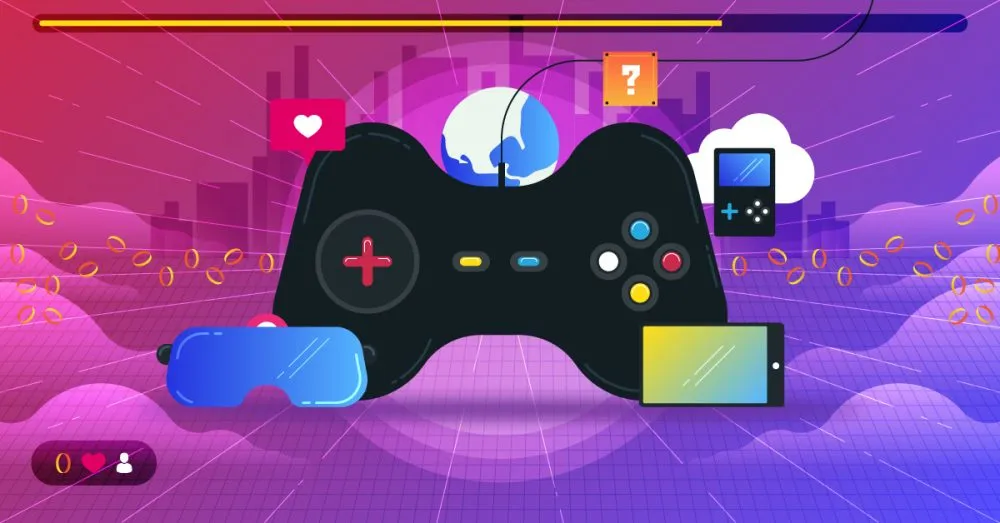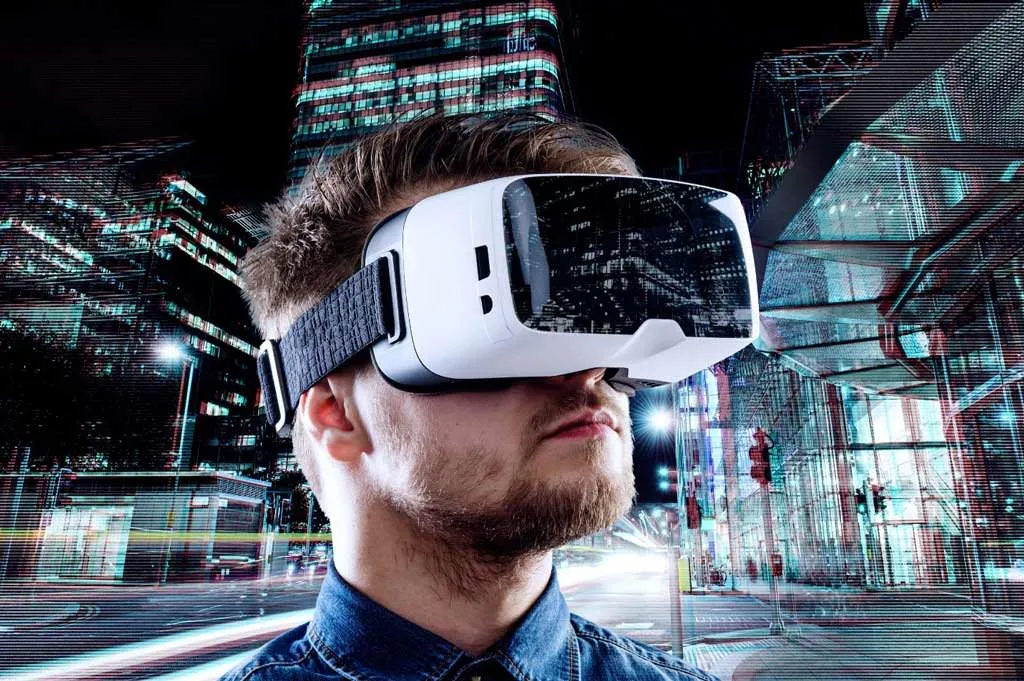Introduction to Mobile Gaming
Mobile gaming has transformed the way we interact with video games. Gone are the days when you needed a bulky console or a high-end PC to enjoy immersive gameplay. Today, our smartphones serve as powerful gaming devices, providing access to a vast universe of entertainment right at our fingertips. The phrase “leveling up” no longer just applies to characters in games; it encompasses the entire mobile gaming experience.
With each passing year, advancements in mobile technology reshape how developers create and gamers engage with their favorite titles. This evolution not only enhances graphics and gameplay but also opens doors for inclusivity among players who may have faced barriers in traditional gaming environments. As mobile esports continue to gain traction, new monetization strategies emerge, fueling creativity within this dynamic industry.
Join us as we dive deep into the impact of mobile technology on game development and accessibility! Discover how innovation is leveling up both the gamer’s journey and the experiences offered by this ever-evolving landscape.
The Evolution of Mobile Technology and Its Impact on Game Development
Mobile technology has come a long way since the early days of flip phones. The introduction of smartphones revolutionized how games are developed and played. Touchscreens replaced physical buttons, allowing for innovative gameplay mechanics.
The rise of powerful processors and enhanced graphics capabilities means developers can create visually stunning games that rival traditional consoles. This shift opened the door for immersive experiences on-the-go.
Moreover, mobile platforms have democratized game development. Tools like Unity and Unreal Engine enable indie developers to bring their ideas to life without needing massive budgets or teams.
Games now reach wider audiences thanks to app stores, which offer easy access to millions of players worldwide. This accessibility fosters creativity as diverse voices contribute unique perspectives in gaming narratives.
Continuous connectivity transforms player interactions through online multiplayer modes and social features, taking engagement to new heights within mobile gaming communities.
Advancements in Graphics and Gameplay
The landscape of mobile gaming has transformed dramatically. Graphics have become more vibrant and immersive, rivaling those of traditional consoles. High-resolution displays bring characters to life, making every pixel count.
New technologies like AR (Augmented Reality) integrate real-world elements into gameplay. This creates unique experiences that transport players beyond their screens. Imagine battling virtual creatures in your living room or exploring fantastical worlds while walking through a park.

Gameplay mechanics have evolved too. Touch controls, gyroscopic features, and haptic feedback enhance user interaction. Players now enjoy fluid movement and responsive actions that make games feel intuitive and captivating.
Developers continuously push boundaries with innovative designs and complex narratives. Storytelling is richer than ever before, allowing players to connect deeply with the game world.
As mobile devices grow more powerful, the possibilities seem endless for what can be achieved in graphics and gameplay advancements.
Accessibility for Gamers with Disabilities
Accessibility in gaming has gained significant momentum. Developers are now prioritizing inclusive design, ensuring that gamers with disabilities can enjoy their favorite titles.
Adaptive controllers and customizable settings have transformed gameplay experiences. Remapping buttons or adjusting visual elements allows players to tailor games to their needs.
Audio cues and text-to-speech options enhance the experience for visually impaired users. These features make navigating game worlds more intuitive and enjoyable.
Moreover, online communities play a crucial role in advocating for accessibility. Gamers share tips, resources, and even modded versions of popular games designed specifically for those facing challenges.
The push for inclusivity is not just a trend; it’s reshaping the industry landscape. As awareness grows, developers are motivated to create environments where everyone can thrive regardless of ability level.
The Rise of Mobile Esports
Mobile esports is transforming the gaming landscape. Once seen as a niche, it now commands massive audiences worldwide.
Games like PUBG Mobile and Clash Royale have taken center stage. They attract millions of players and viewers alike, bringing competitive gaming to mobile screens everywhere.
Tournaments are popping up globally, with substantial prize pools. Enthusiastic fans flock to watch their favorite teams battle it out in real-time.
The accessibility of mobile devices plays a key role here. Gamers can compete from anywhere, breaking geographical barriers that once limited participation in esports events.
Streaming platforms also enhance this trend. Players showcase their skills on Twitch and YouTube, reaching wider audiences than ever before.
As technology continues to evolve, so will mobile esports. This arena promises innovative gameplay experiences and growing opportunities for aspiring gamers around the globe.
Monetization Strategies for Mobile Games
Mobile game monetization has evolved significantly. Developers now have a variety of strategies at their disposal.
In-app purchases remain a dominant approach. Players can buy virtual goods, unlock levels, or gain cosmetic upgrades. This model allows for continuous engagement while generating revenue.
Advertisements also play a crucial role. Many games offer free access supported by ad placements. Users might choose to watch ads in exchange for rewards or bonus content.
Subscriptions are gaining traction too. Offering exclusive content and features through monthly fees creates steady income streams and fosters community loyalty.
Freemium models blend several tactics effectively. Free-to-play games entice players initially but encourage spending once they’re hooked on the experience.
Finding the right balance is essential for success in this competitive landscape. Engaging gameplay combined with thoughtful monetization keeps players coming back while ensuring developers thrive financially.
Challenges and Future Possibilities in Mobile Gaming
Mobile gaming faces several challenges as it continues to evolve. One significant issue is the fragmentation of devices and operating systems. Developers must ensure their games run smoothly across a myriad of smartphones, which can be resource-intensive.
Another challenge is user retention. With thousands of new apps launched every day, capturing attention is harder than ever. Gamers often juggle multiple titles, leading to shorter engagement times for individual games.
On the horizon are exciting possibilities too. Augmented reality (AR) and virtual reality (VR) technologies promise immersive experiences that could redefine gameplay mechanics. Cloud gaming could also eliminate hardware constraints, allowing high-quality graphics on any device.

Furthermore, AI-driven game design may tailor experiences to individual players’ preferences, increasing satisfaction and longevity in mobile titles. As these trends develop, they will shape the future landscape of mobile gaming in transformative ways.
Frequently Asked Questions
What has caused the surge in mobile gaming popularity?
The rise of smartphones and tablets has made gaming accessible to a broader audience. With high-speed internet and improved hardware, more people can easily enjoy games on-the-go.
How does mobile technology impact game development?
Mobile technology allows developers to create innovative gameplay mechanics and designs that were previously limited to console or PC gaming. The flexibility of mobile platforms encourages creativity.
Are there any games designed specifically for gamers with disabilities?
Yes, many developers are now focusing on inclusive design. Features like customizable controls and audio cues help ensure that everyone can participate in mobile gaming.
What is driving the growth of mobile esports?
The accessibility of mobile devices means more players can enter competitive scenes. Tournaments hosted online also make it easier for fans to watch live matches from anywhere.
How do monetization strategies vary among mobile games?
Developers typically use various models such as freemium, ads, or one-time purchases. These strategies allow them to balance profitability while keeping their games accessible.
What challenges do developers face in the ever-evolving landscape of mobile gaming?
Keeping up with rapid technological advances is crucial but challenging. They must continually innovate while addressing user feedback and competition from countless titles available today.
As we explore these dimensions further, it’s evident that leveling up in the realm of mobile technology continues to shape not just how we play, but who gets to join us on this exciting journey.











